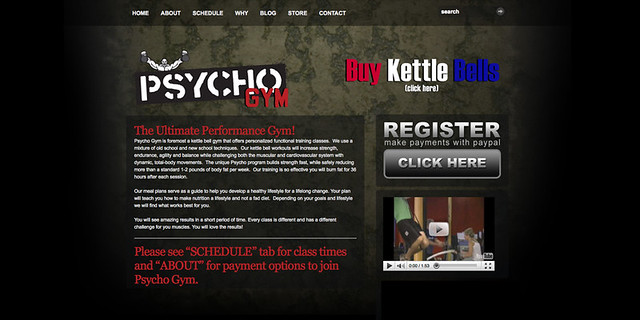So, you have now decided to build a website, but do not know where to begin. You have an idea of what you’d like to share, but making that a reality takes knowledge you might not have yet. There are several tips that can help you to realize that vision. This advice has been crafted to give you a leg up in website development.
If you want your site to bring in more visitors, you should ensure it’s simple to navigate. You should have links that are easy to find, as well as displayed well. Menus will make it a lot easier to navigate around your site. Ensure that there are links to all of your main pages, such as the home and contact pages, in a prominent location on every page.
Always give your readers the ability to stop whatever it is they’re doing. This might include completing forms, browsing your site, or registering for newsletters. If you don’t let visitors back out of an incomplete action, it can be perceived as forcing them to do something, which will probably make them go elsewhere.
Use a sensible background for your site. Backgrounds with moving GIF views can be great, but can make text hard to read as well. Choose backgrounds that coordinate with your site, rather than clashing with it, and your message will be much more clear to your visitors.
Offer to store personal information for returning users. For example, if a person has to enter their information to register for an account, and then is filling out a form on your website that requires the same information, you want to have their data saved, so that they do not have to take the time to fill everything out again. Your clients will thank you for saving them the time it takes to fill in information that they have previously done on your site.
Offer your site visitors a way to provide you with feedback. That way, if they are having a problem or there are missing items on your pages, you will be made aware and can fix the problem. If you actively seek your visitors’ feedback and make changes as a result, your visitors will feel like active participants in your site. This will encourage them to keep visiting the site.
File Sizes
While you want to keep the aesthetics of your site in mind, you also need to make every effort to keep your file sizes to a minimum. File sizes are directly responsible for how quickly a website loads. It is always a good idea for your website to load as quickly as possible. Remember that some of your visitors are going to be using slower Internet connections than others. Try to test your site regularly, especially with a slower dial-up modem. This will help you to know for sure that it will quickly load in every situation.
Make your fonts professional and readable. You can see if a site looks professional by looking at the fonts. Don’t use fancy or non-standard fonts. Some people may not have these fonts installed on their computers. If a person doesn’t have a font on their computer, the browser might render the site using the default font (generally Times New Roman). Your site can look bad when this happens.
As you can tell, designing your website does not need to be hard. There are some fundamental principles involved with web design that, once learned, help you to figure out the entire genre. Apply the tips from this article to help you figure out the basic fundamentals of website development, so you can start to incorporate some great elements into your website.

